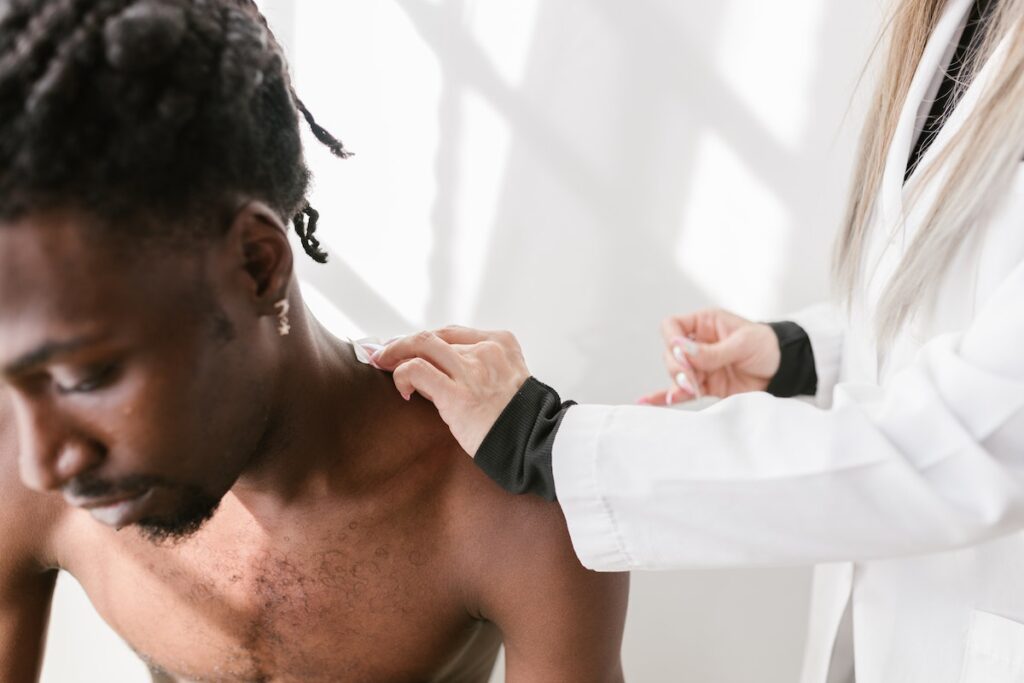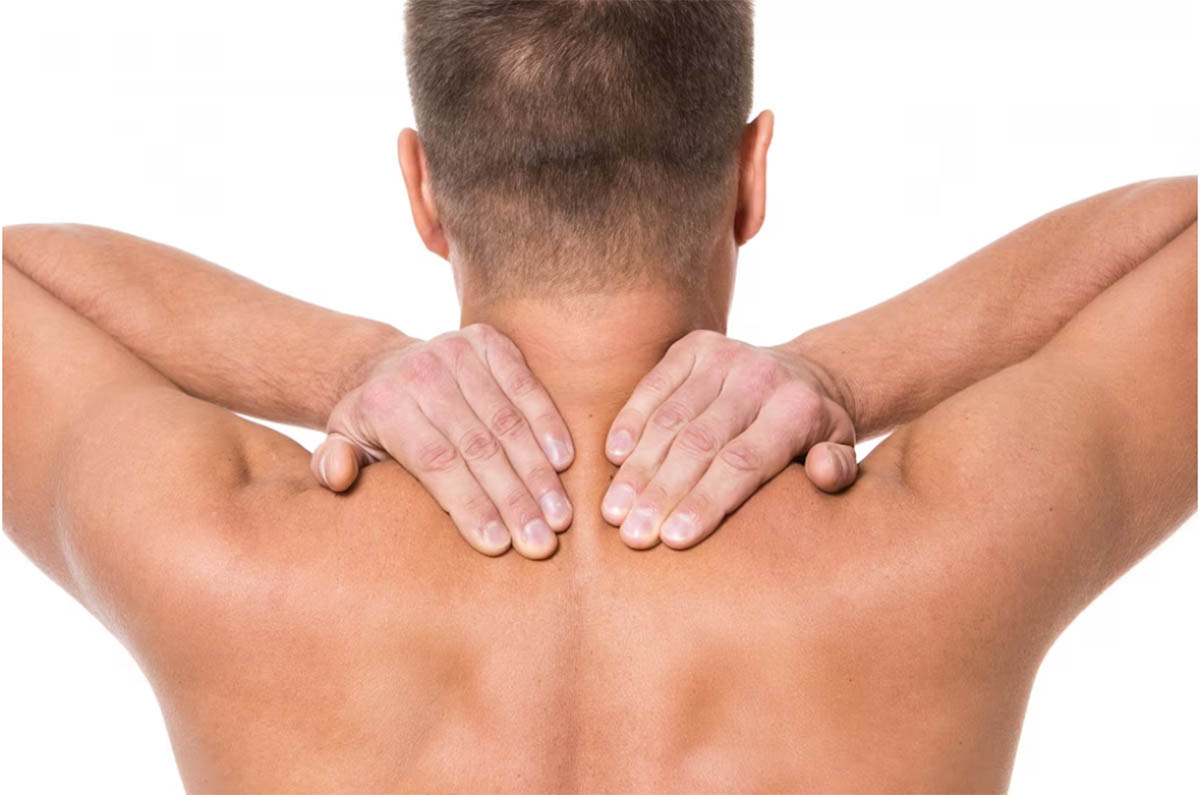Introduction
The neck muscles play a vital role in supporting the head, facilitating movement, and maintaining proper posture. These intricate muscles work tirelessly to allow us to perform everyday activities such as turning our heads, tilting, and nodding. Understanding the anatomy and function of the neck muscles is essential for maintaining a healthy neck and preventing injuries. In this comprehensive article, we will delve into the anatomy, function, common issues, and exercises to strengthen and stretch the neck muscles.
Section 1: Anatomy of the Neck Muscles
The neck, also known as the cervical region of the spine, is a complex area consisting of seven vertebrae (C1 to C7). The neck muscles can be broadly categorized into two groups:
- Superficial Muscles: These muscles are closer to the surface and play a significant role in movements and stability.
a. Sternocleidomastoid (SCM): The SCM runs diagonally across the front of the neck and allows us to turn our heads and tilt them from side to side.
b. Trapezius: The trapezius muscle is a large, kite-shaped muscle that extends from the back of the neck to the upper back and shoulders. It helps raise and lower the shoulders and rotate the head.
c. Platysma: The platysma is a thin, broad muscle that covers the front of the neck. It helps in various facial expressions, such as grimacing and smiling. - Deep Muscles: These muscles are located deeper within the neck and provide stability and control of the cervical spine.
a. Longus Colli and Longus Capitis: These deep flexor muscles help flex and stabilize the neck.
b. Scalene Muscles: The scalene muscles consist of three pairs: anterior, middle, and posterior. They assist in neck flexion and rotation.
c. Suboccipital Muscles: These small muscles are located at the base of the skull and help in head movements, including extension and rotation.
Section 2: Function of the Neck Muscles
The neck muscles work synergistically to perform a variety of functions:
- Head Movement: The SCM, trapezius, and scalene muscles facilitate movements such as turning the head from side to side, nodding, and tilting.
- Posture Support: The deep neck muscles, including the longus colli and capitis, help stabilize the cervical spine, maintaining proper posture.
- Breathing: The scalene muscles are involved in elevating the ribs during inhalation to assist in breathing.
- Swallowing: The muscles in the front of the neck, including the platysma, are essential for swallowing and other throat-related functions.
- Facial Expressions: The platysma contributes to various facial expressions, particularly those involving the mouth and lower jaw.
Section 3: Common Issues with Neck Muscles

Several factors can lead to issues and discomfort in the neck muscles:
- Muscle Strain: Overuse or sudden movements can strain the superficial neck muscles, leading to pain and stiffness.
- Forward Head Posture: Poor posture, such as forward head posture (tech neck), can put strain on the neck muscles and lead to chronic pain.
- Neck Sprains: Injuries from sudden movements or accidents can cause neck sprains, resulting in pain and limited range of motion.
- Text Neck: Constantly looking down at electronic devices can strain the neck muscles and contribute to text neck, a modern-day concern.
- Muscle Imbalance: Imbalances between the neck muscles and surrounding muscles can cause pain and dysfunction.
- Cervical Radiculopathy: Compression or irritation of the nerves in the neck can lead to cervical radiculopathy, characterized by radiating pain into the arms and hands.
- Torticollis: A condition where the head is twisted to one side due to the shortening of specific neck muscles.
Section 4: Neck Muscle Strengthening Exercises
Strengthening the neck muscles can help improve posture, reduce strain, and prevent injuries. It’s essential to perform these exercises with proper form and avoid any movements that cause pain. Always consult a healthcare professional before starting a new exercise routine, especially if you have any pre-existing neck issues.
- Neck Flexion Exercise:
- Sit or stand with a straight back and shoulders relaxed.
- Slowly tuck your chin towards your chest, engaging the deep neck flexor muscles.
- Hold for a few seconds and then return to the starting position.
- Neck Extension Exercise:
- Stand or sit with your back straight and shoulders relaxed.
- Slowly tilt your head backward, looking up towards the ceiling.
- Hold for a few seconds and then return to the starting position.
- Neck Lateral Flexion Exercise:
- Sit or stand with a straight back and shoulders relaxed.
- Slowly tilt your head to one side, bringing your ear towards your shoulder.
- Hold for a few seconds and then return to the starting position.
- Neck Rotation Exercise:
- Sit or stand with a straight back and shoulders relaxed.
- Slowly turn your head to one side, as if trying to look over your shoulder.
- Hold for a few seconds and then return to the starting position.
- Neck Isometrics:
- Sit or stand with a straight back and shoulders relaxed.
- Place your hand on the side of your head and gently press your head against your hand.
- Neck Retraction Exercise:
- Sit or stand with a straight back and shoulders relaxed.
- Gently pull your head back, as if trying to make a “double chin.”
Section 5: Neck Muscle Stretching Exercises

Stretching the neck muscles can help relieve tension, improve flexibility, and reduce the risk of injury. It’s essential to perform these stretches gently and avoid any movements that cause pain or discomfort.
- Neck Flexor Stretch:
- Sit or stand with a straight back and shoulders relaxed.
- Tilt your head forward, bringing your chin towards your chest.
- Use your hand to apply gentle pressure to the back of your head, deepening the stretch.
- Neck Extensor Stretch:
- Sit or stand with a straight back and shoulders relaxed.
- Tilt your head backward, looking up towards the ceiling.
- Use your hands to support the base of your skull, deepening the stretch.
- Neck Lateral Flexion Stretch:
- Sit or stand with a straight back and shoulders relaxed.
- Tilt your head to one side, bringing your ear towards your shoulder.



